-
Recently Browsing 0 members
- No registered users viewing this page.
-
Latest Activity
-
Good luck treasure hunters! Keep us posted.
-
Seems that's what they were accused of, but it's not that clear cut if you look at the details... https://www.bristolpost.co.uk/news/bristol-news/fact-checked-radio-4s-bristol-9222454
-
By Crazyfool01 · Posted
Ha ha nope … just the best I could manage with the Coldplay planet theme 🙂 and they have circular screens on this tour -
I don't mind the berry sub-lime but the others are proving difficult to get through! 😂 I've been eating a lot of cheese, chocolate and will be tea soon. I drink a lot of tea anyway! So that's exciting.
-
Latest Festival News
-
Featured Products
-

Monthly GOLD Membership - eFestivals Ad-Free
2.49 GBP/month
-
-
Hot Topics
-
Latest Tourdates




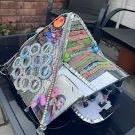

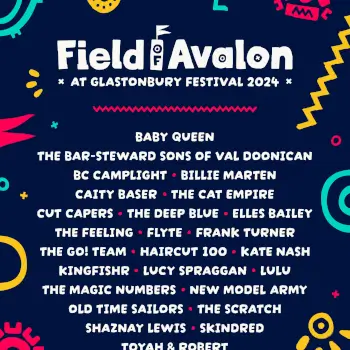
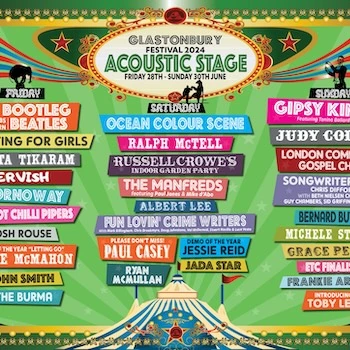
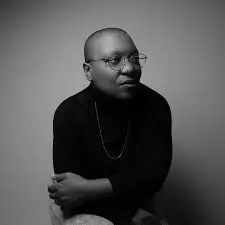


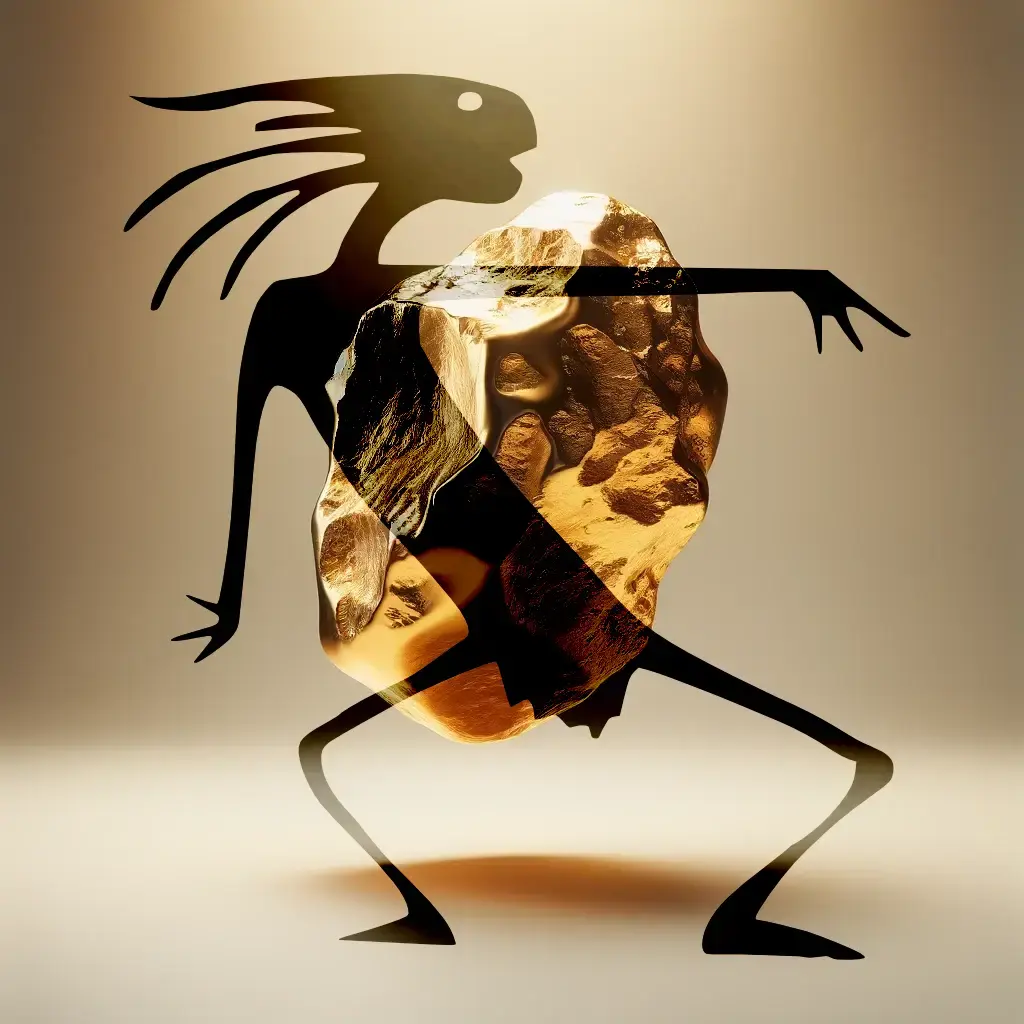
.thumb.jpg.2f714abc79169eba870cbdd0b0135e98.jpg)
Recommended Posts
Join the conversation
You can post now and register later. If you have an account, sign in now to post with your account.